Melissa Mak has the magic touch when it comes to ferments. For a few years now, I have been drinking her kombucha at her home, affectionately known as Simei Sanctuary, and at cafes. It never fails to settle my stomach on days when it’s feeling dodgy. This happens frequently, which is why fermented products appeal to me. Melissa runs Fizzicle, which specialises in kombucha in Singapore.
In her HDB corridor garden, Melissa grows a variety of edible and non-edible plants for fermentation purposes or to suit her curiosities. These include Ylang ylang, Eau de Cologne mint, Moroccan mint, chin chow, Brazilian spinach, sand ginger, mani cai, sweet potato, butterfly pea, pumpkin, among others. One of her current experiments is making perfume using Eau de Cologne mint.
She gives us a peek into what a fermenter’s garden looks like.
What got you into fermentation, and what made you start Fizzicle?
Bad health. I got into fermentation when I had really bad IBS. Travelling and street food did not do very much for my stomach so I had very bad IBS for a very prolonged period. I discovered that fermentation would help me out and it did, it lifted me out of the doldrums.
My family surname is “Mak”, it is a young surname, you will not see a lot of us out there, our Chinese surname is 麦 (mai). Before it was called “mai” it was “qu”, for fermentation starter. So fermenting is like respecting my family heritage We thought we were farmers in the past, but it turns out that we were fermenters in the past. So I am doing my family job, so to speak.
Other than kombucha, what else do you ferment?
I’ve made koji, so I have made my own miso at home, and sugar ferments. I take inspiration from the garden, there was one time when I had too much kale, I made kimchi kale. So whatever inspires me, whatever’s in season or in the garden, I just go ahead and do it.
There was a salted egg episode which hasn’t been repeated yet, it is very hard to get fresh eggs here. That was pretty good though, and it was a fun experiment.
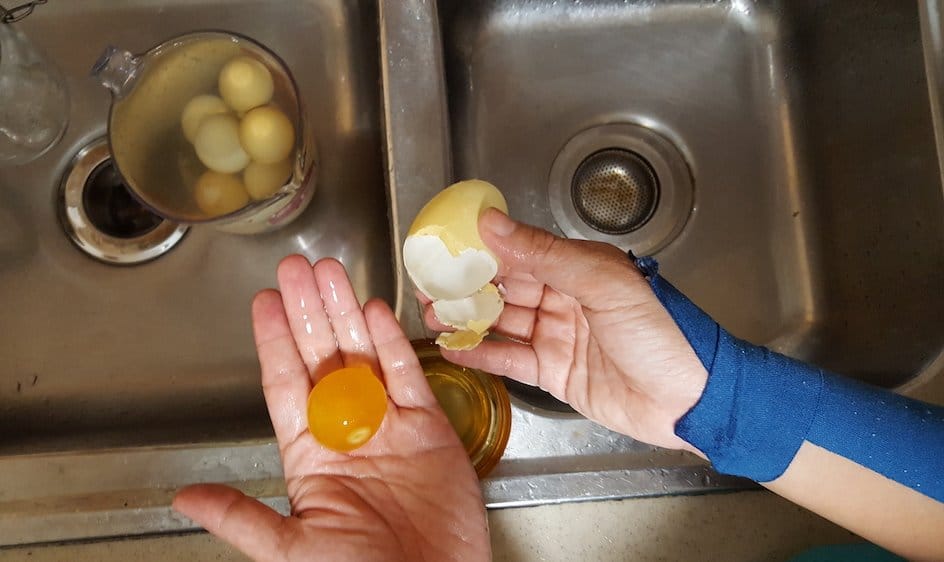
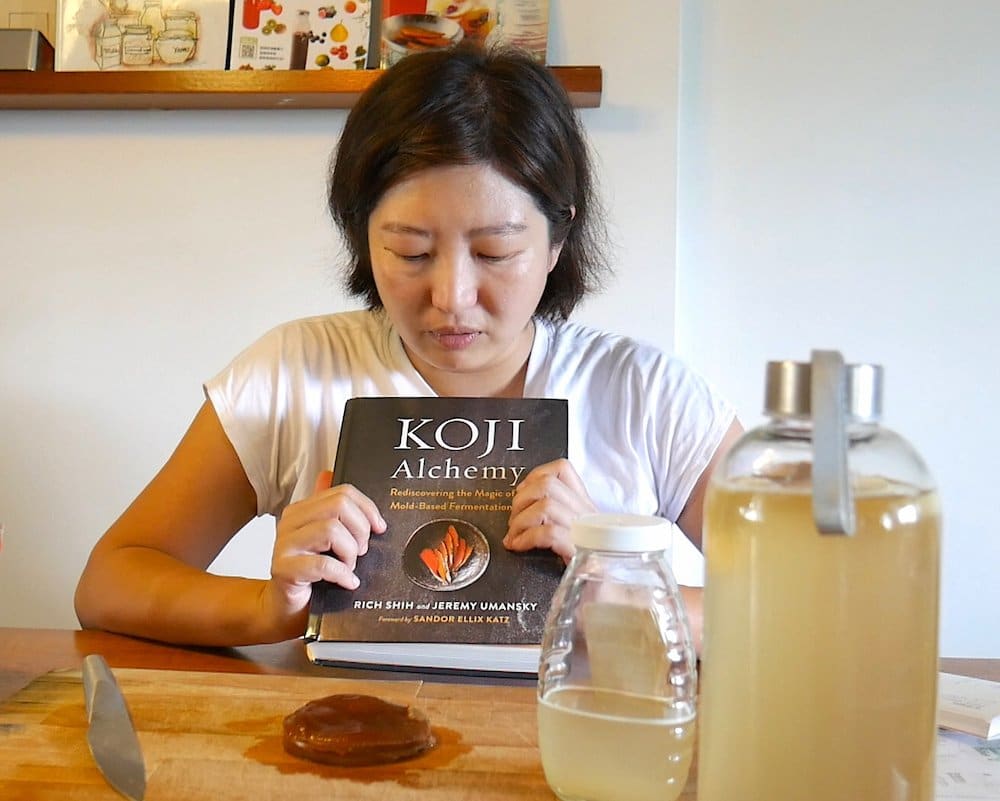
Is there anything else you would like to try your hand at fermenting?
Some of the more exciting things I have not gotten around to doing is Japanese ferments. I can’t read it right now, so translations are welcome. Koji Alchemy is an amazing book I am reading, I find that I haven’t done enough meat ferments yet because I don’t trust the local weather and moulds in the air, so this is very hard. I haven’t gotten round to doing some of the more difficult items, like fish sauce.
There are a couple of people I’ve know who have made fish sauce. I found it to be quite a struggle for me because I have friends in Laos who have made fish sauce, their entire bloodline makes it and they have told me, “we can mess it up, and people do get poisoned by it”. I would eventually like to explore that direction as well.
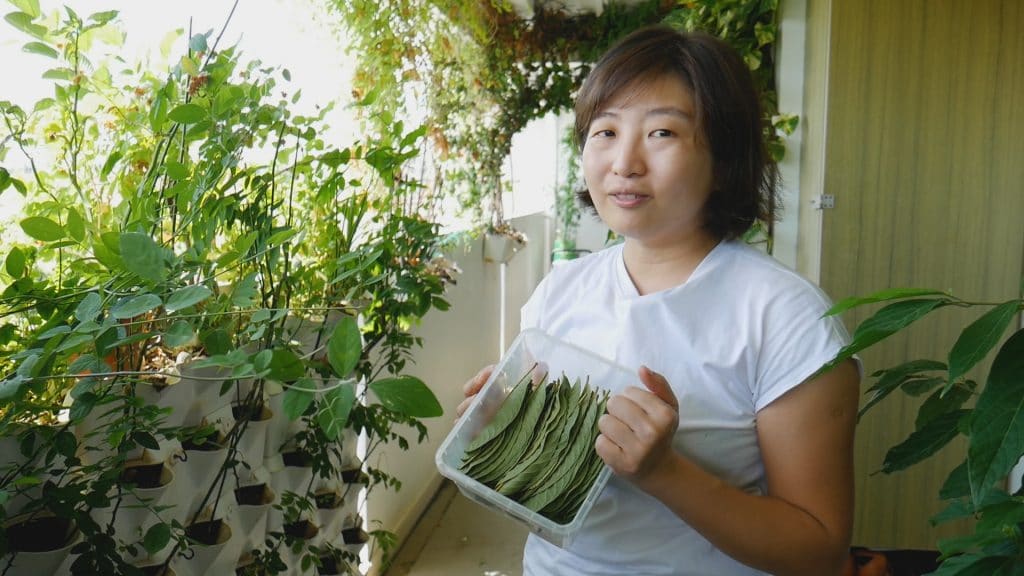
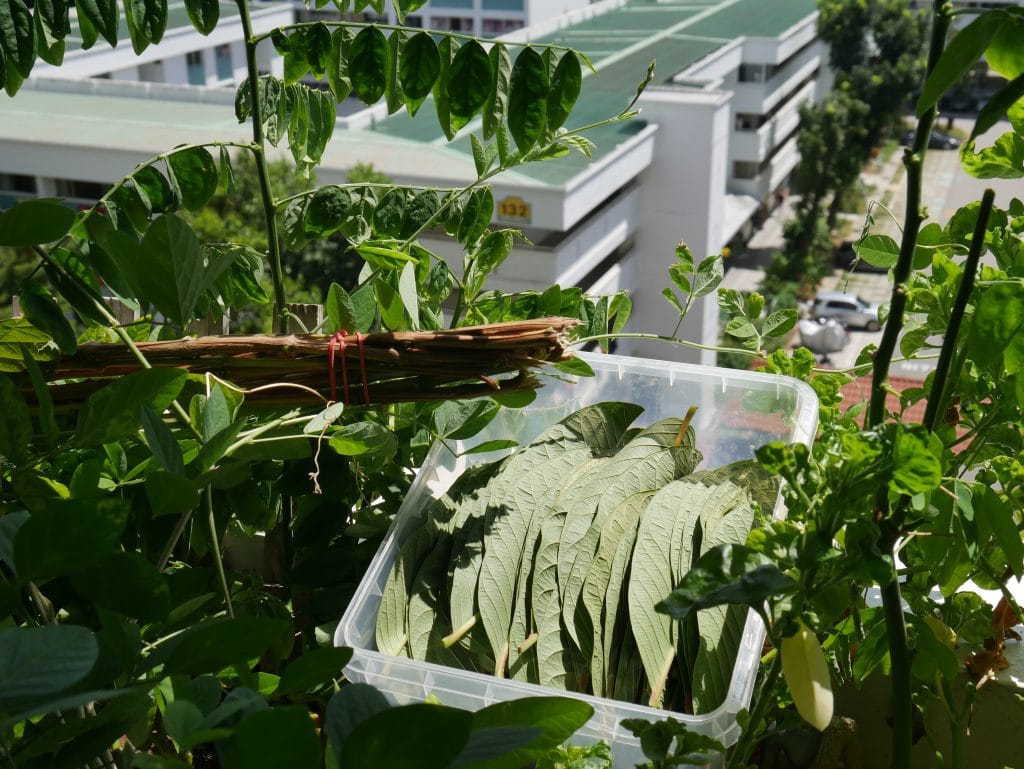
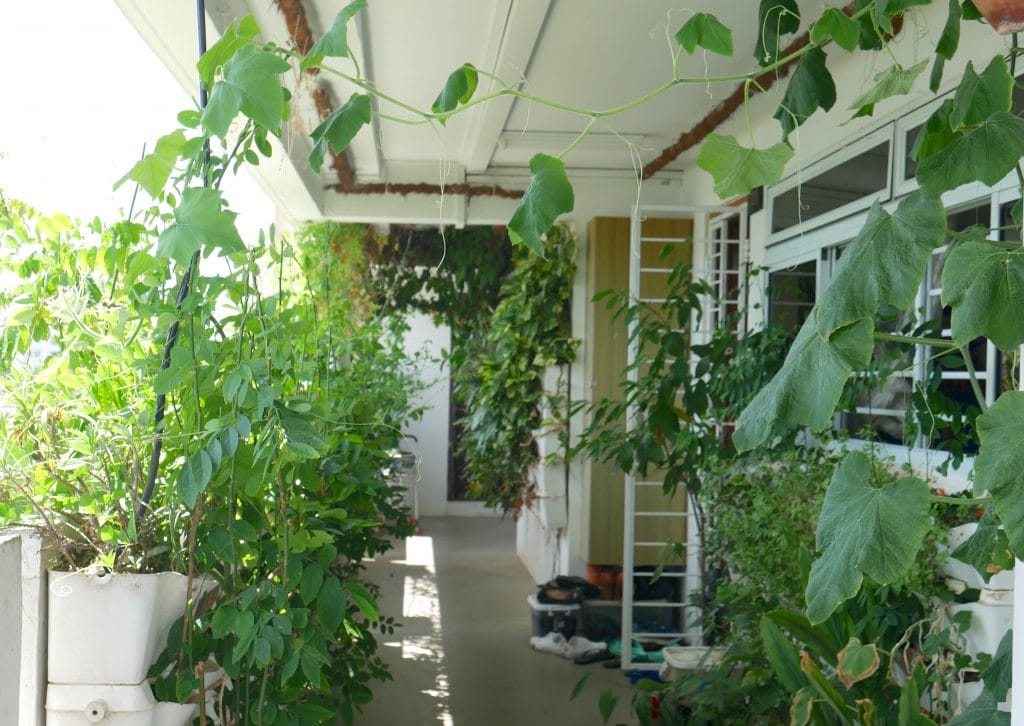
What are you growing in your garden?
I grow a bunch of things in the garden: Ylang ylang, roses, Jasmine flowers, Blue pea flower, and I have a bunch of edibles and herbs as well. I do enjoy growing a lot of my own things because it takes the stress off walking to the supermarket and squeezing with a lot of people in the lift, especially with this current (COVID-19) situation. But I also have one god-given ability, I can eat the same thing again and again, I never get bored. I find that I’m quite inventive when making food, so that helps tremendously in getting myself to eat the same thing again and again.
In the garden, some of the plants that are thriving are my Mani cai and Brazillian spinach. I made spinach chips last week on top of a potato and chicken grill, or I can just use the spinach to make potato and spinach soup. Don’t ask me why there’s a lot of potato okay, it’s just cheap!
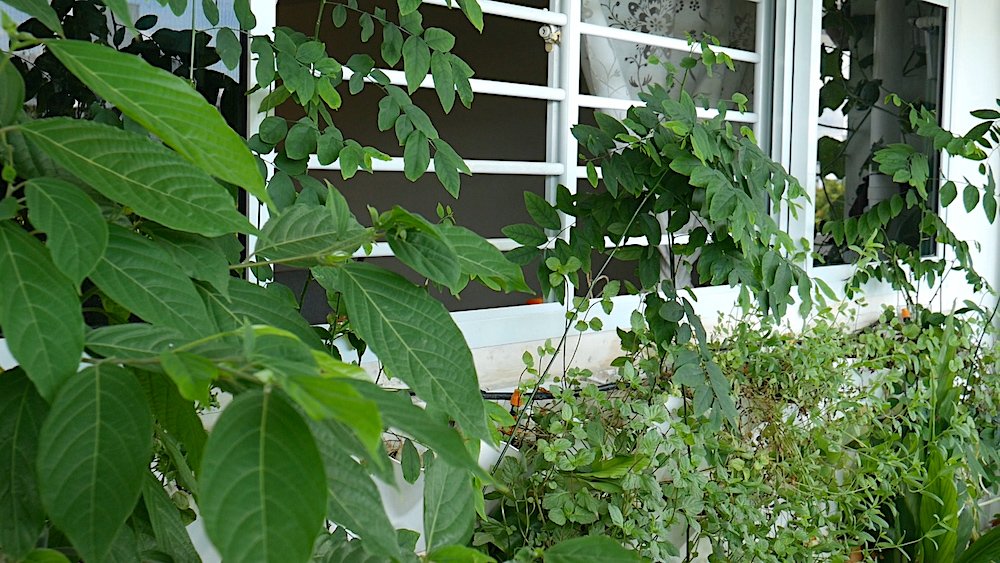
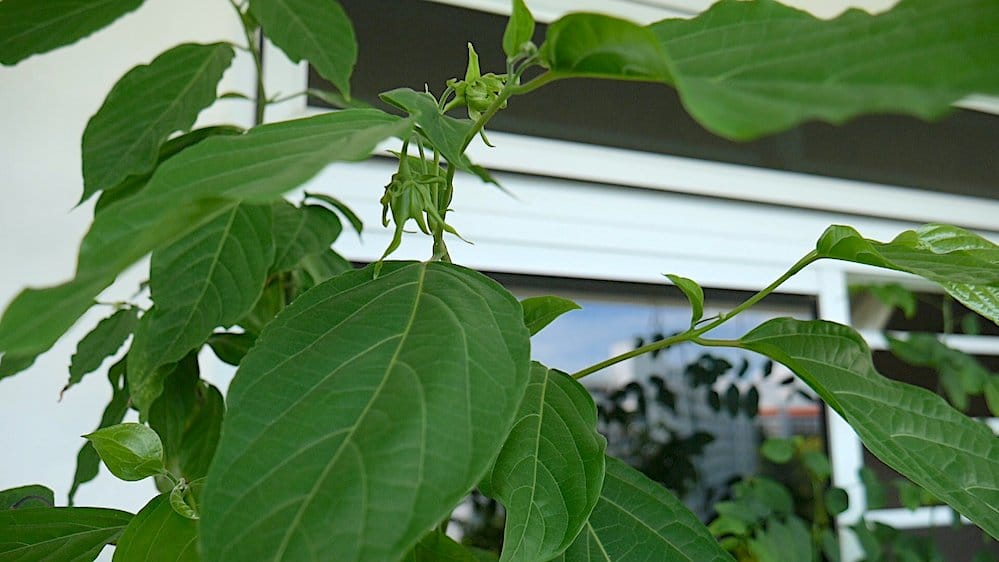
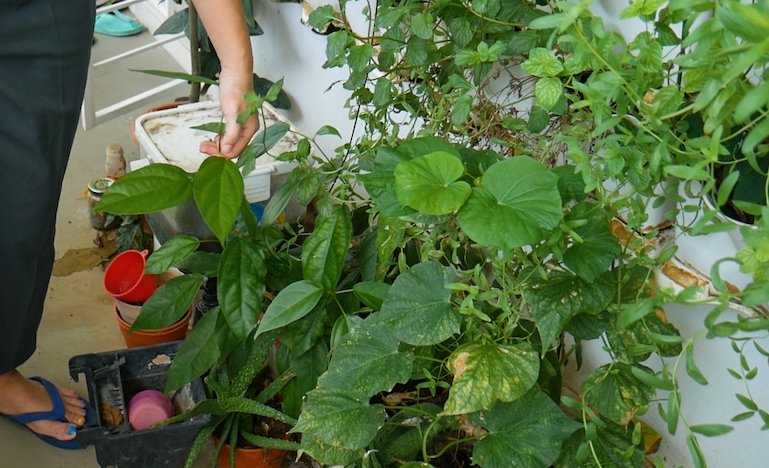
How has fermentation changed over the years?
Fermentation has changed quite significantly for making kombucha especially. In the past, everybody loved using a SCOBY (Symbiotic Culture Of Bacteria and Yeast), it’s not actually a SCOBY but a by-product, in a sense, this is just really a piece of cellulose that contains a lot of bacteria and yeast. When typically it has formed to this particular stage, it means it has gone very acidic.
We are Asians, we usually don’t eat or drink a lot of acids in our diet in contrary to like say, a salad, where a salad dressing is typically sour, we don’t have that much sourness in our diet. What I found that it is not necessary in making kombucha, what we need is a good starter. Something that has a good amount of fizz, bubbles, and able to start the next batch. A good quality starter when you see a lot of bubbles forming, what it is doing is starting to spin fibres, it gets you towards this direction of forming a SCOBY eventually.
Any good kombucha maker that is starting at home should do a test check with the kombucha you have bought from the shops. Put it into a bottle with a loosely fitted lid and see if it forms something like a SCOBY. It is more than a test-check because it is just cellulose, meaning, like nata de coco, it doesn’t really do much for the fermentation.
In the past when people didn’t quite understand how fermentation works they would always think that with this, that’s when fermentation takes place, when you look into the older books it says you need 10% starter liquid and a SCOBY. I was also misled into that process but it was only in the last 2-3 years that I realised that really, this is not necessary and it means that my ferment will be way go over the top too quickly. Whereas the starter will help me maintain my ferment at the optimum level.
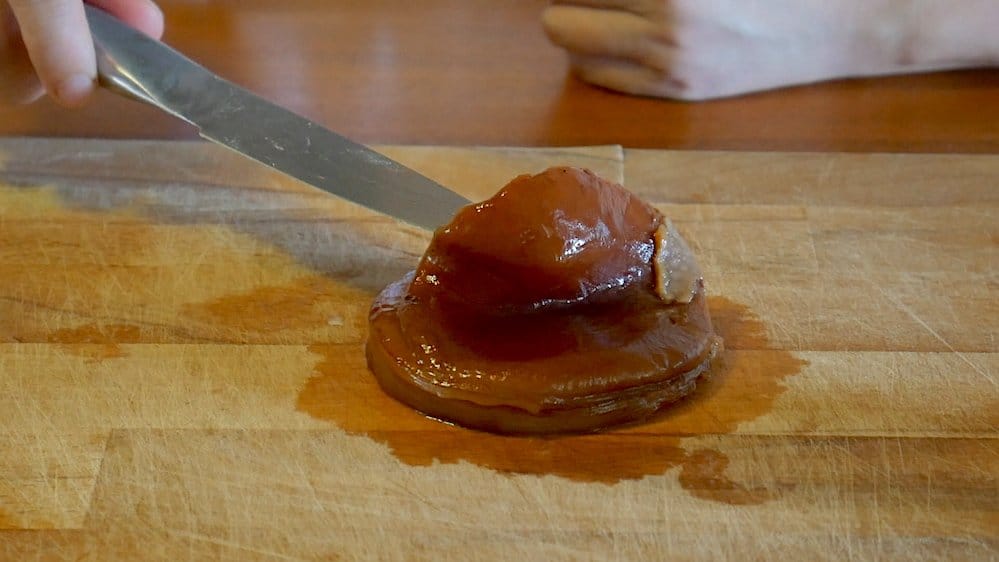
Tell me about your kombucha kit
We have a fermentation starter kit to make things a bit easier. It is a bit rudimentary but it comes with really strong instructions. It has nice illustrations with it so it is easy for anyone to follow and make their own kombucha. A lot of times, people have said, “I need to get this, I need to buy that equipment” so we shortened a fair bit of the equipment aspect into this singular jar with a little mesh infuser. We would like to introduce this to more people so that it makes their life easier. This is a beautiful jug, you can do more than making kombucha. You can make fruit infused water or tea with it.
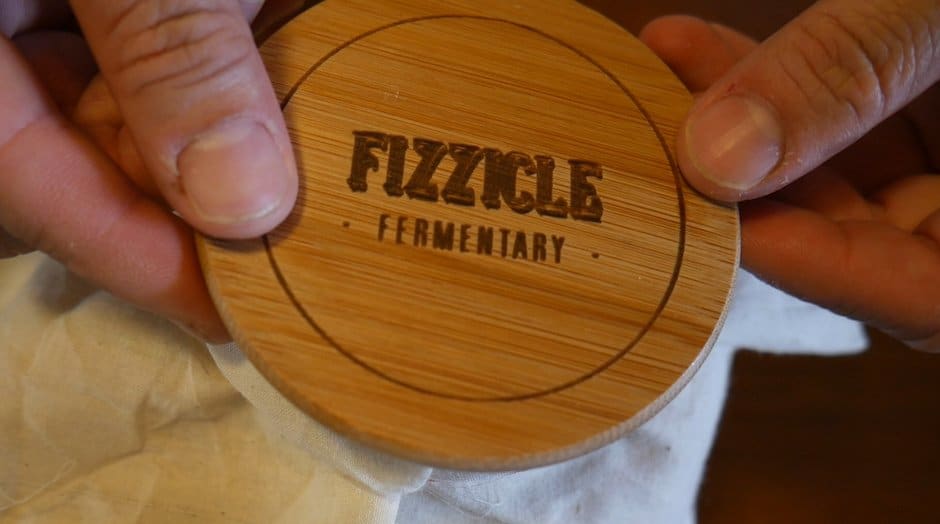
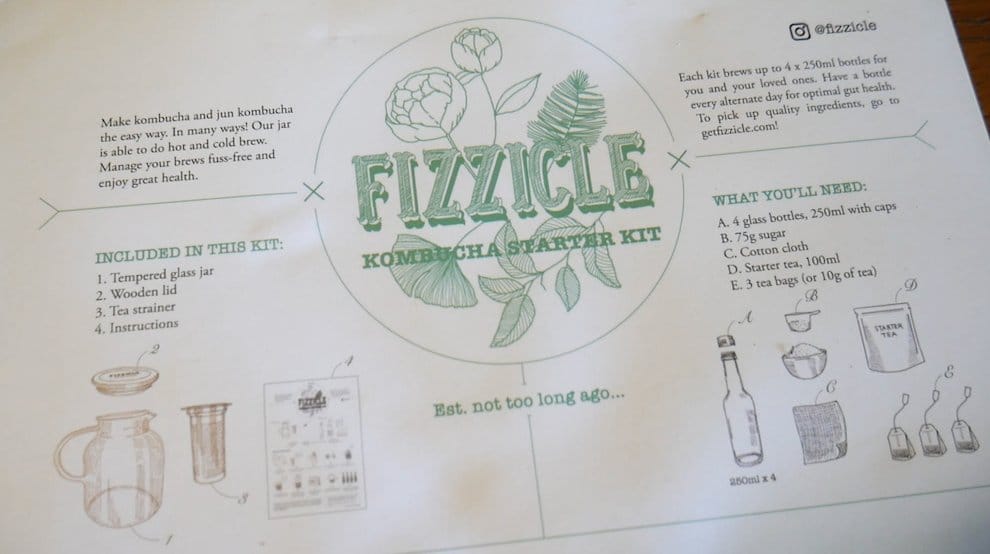
After COVID-19 is over, what kind of workshops can we expect?
Lots of kombucha workshops – demonstrating and teaching. In the last five years or so, we found that people are becoming more receptive to making their own food at home and growing their own food.
Thanks, Melissa!
To find out more about Fizzicle and their Kombucha Starter Kit, head over to their website. In my opinion, she makes the best kombucha in Singapore. My personal favourites are Calmboocha, Number 1 and Ginger.
To find out more about fermentation in Singapore, join the Facebook group SG Fermentation Friends, which Melissa moderates.
Interested to see more HDB corridor gardens? Check out what Kenneth Tham and Donald & Rachel Tan have done at home.
For more gardening updates, follow my Facebook Page – The Tender Gardener, Instagram page @tendergardener and subscribe to my YouTube channel! See you there!
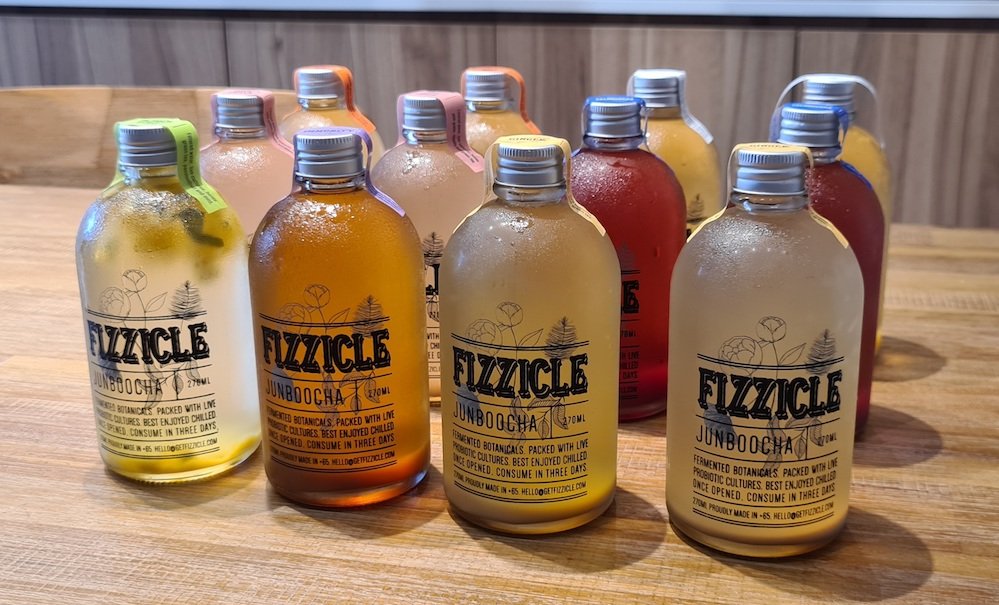

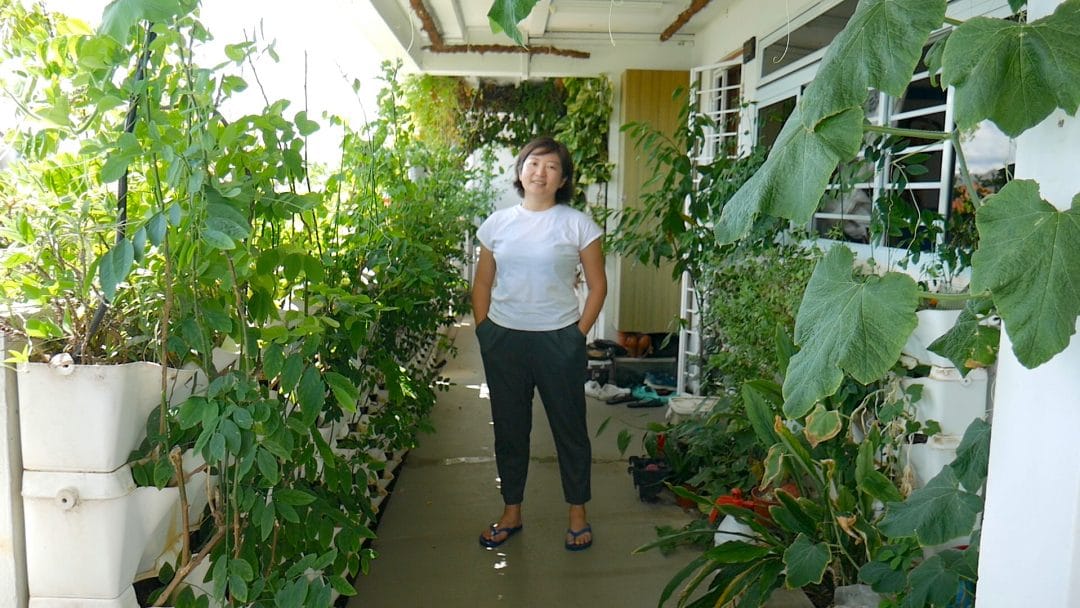
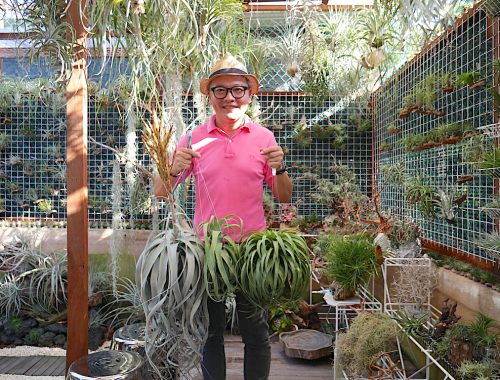
No Comments